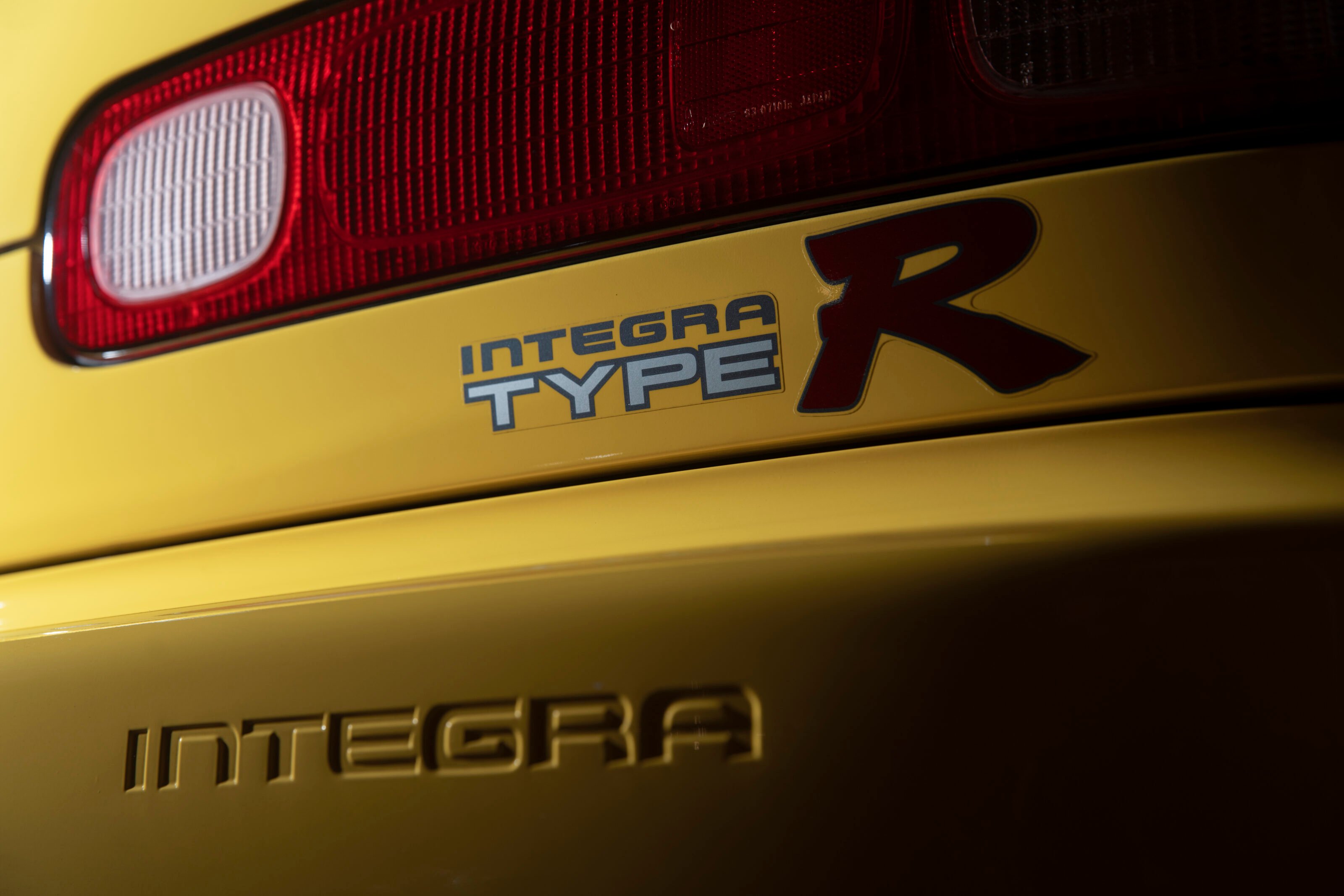The best front-wheel drive performance car ever? It’s hard to go past the original Honda Integra Type R DC2. Sir Alec Issigonis’ Mini may’ve set the benchmark for innovative packaging, while Volkswagen’s Golf GTI carved a niche as a hot-hatch champion. Yet the first Type R is an icon of pure, free-revving performance and utterly absorbing driver involvement like no other car.
The engagement, response and agility came with the guttural sound of the world’s highest specific-output 1.8-litre, a hand-crafted, naturally aspirated four-cylinder bellowing when its VTEC lungs opened in full swing towards its 8400rpm redline. It created a cult of followers, and it was easy to see why. One drive and you’d be hooked for life. Frankly, unless you lived in Japan, it took Honda years to deliver another Type R that came even close…
The origins of the Type R began with Honda’s ground-breaking, Ferrari-benchmarking NSX sports car. If the ‘regular’ NSX was a great all-rounder, the Japan-only 1992 NSX-R was a brilliantly focused, narrow-minded racer. It didn’t care about comfort, convenience or image. All it cared about was going fast. It ditched its audio, air-con and other niceties to establish the recipe for the letter R. The R, of course, stands for Racing, a moniker taken literally by the NSX-R’s creators. That’s the psyche that went into creating the first vehicle to wear the ‘Type R’ badge: the DC2 Integra.
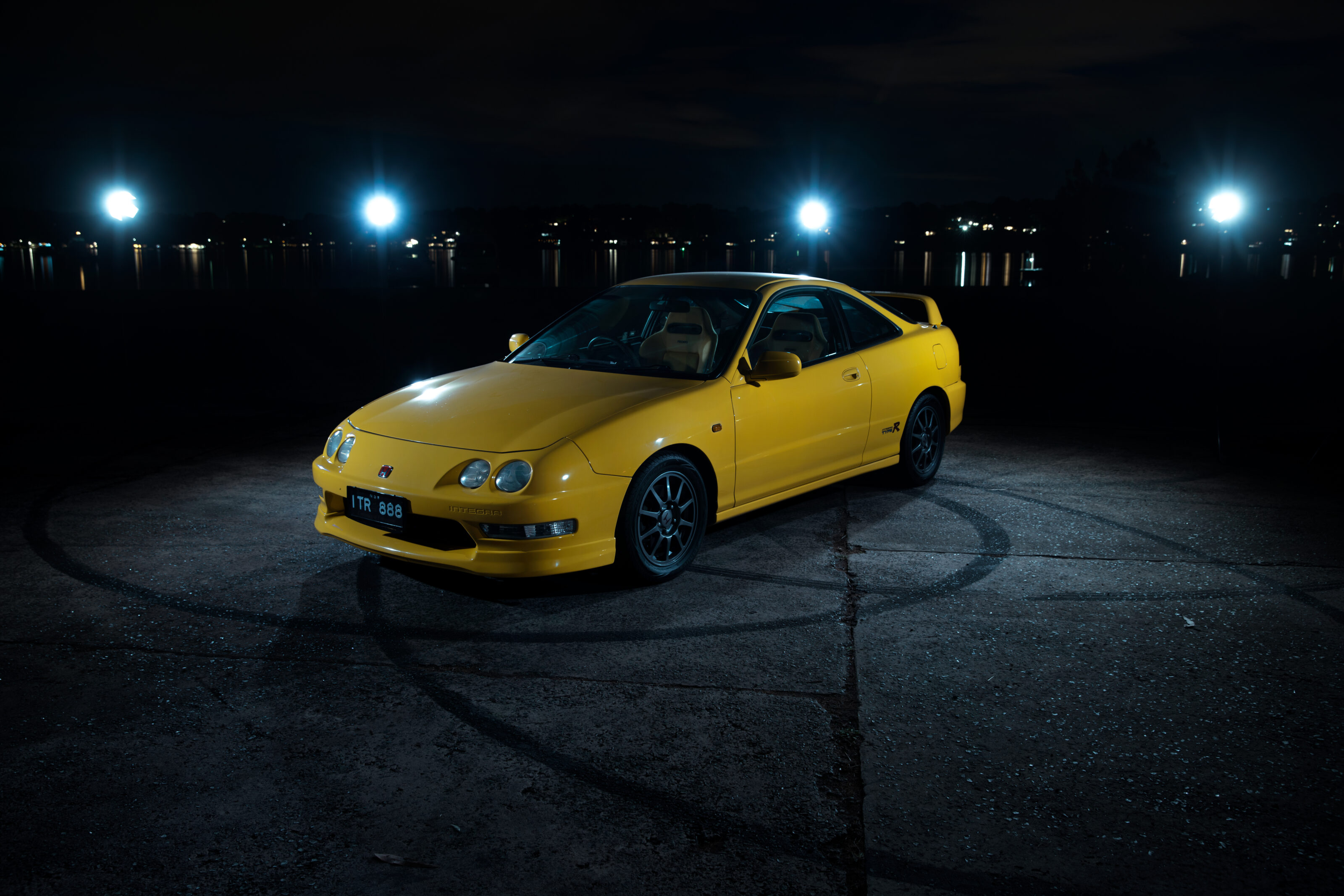
When the Integra Type R arrived in Australia late in its life cycle, we underestimated it. In the December 1999 Wheels when we first drove the hot Honda on local roads, we also featured the best and worst cars of the decade. While Honda’s brilliant S2000 was mentioned, only our Japan correspondent, Peter Nunn, was wise to include the Type R, given its 1995 on-sale in its homeland. To the rest of us, it was a delayed realisation that Honda had unleashed the best front-driver – and one of the best driver’s cars, period, onto Australian roads.
What made the Teg so impressive was the absolute commitment to driving. Nothing else mattered. That started with a forensic execution of mass. To counter a raft of additions like the rear wing and body stiffening, the air-con and the stereo were removed. The dashboard insulation binned. A smaller, lighter battery was fitted, as was an aluminium radiator to save more weight. If Honda could have offered the Type R without paint, it probably would have. The result saw the Australian-spec Type R at an official 1087kg against the 1176kg Integra VTi-R it replaced.
The engine was treated to significant weight loss and attention like no other, too. The Australian-market Type R’s B18C7 is the king of Honda’s legendary, game-changing B-Series engine family, which goes back to the 1989 JDM Integra XSi. The brief for the B-Series was to create an inline four-cylinder engine capable of the magic 100hp/litre, but with durability of around 250,000km. Honda had form here, ruling F1’s mid-80s turbo era with its 1.5-litre turbo V6s before turbocharging was banned for 1989. Honda’s new 3.5-litre naturally-aspirated V10 simply took over where its turbo V6 had left off – in utterly dominant fashion.
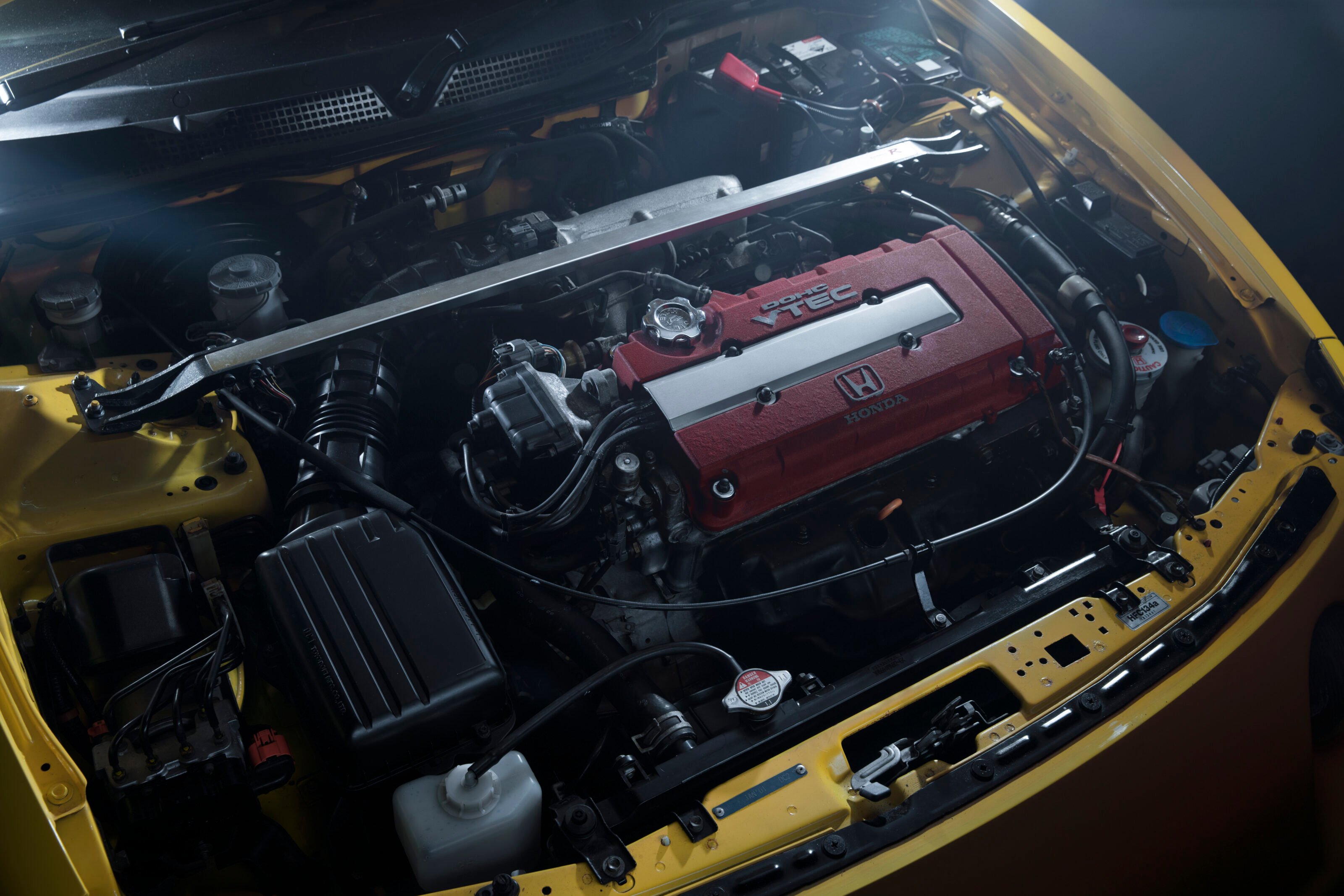
Clearly, Honda knew how make small engines with immense power and reliability, and the B-Series cleverly saw technology from F1 amortised across mass-produced models from Civic, CRX and Integra to more mundane models such as the CR-V. In doing so, the B-Series genuinely delivered real-world benefits to everyday Hondas bought by customers who had no interest in racing, while also making for a salivating platform for aftermarket tuners – and a cracking Type R.
Part of that was the B-Series’ introduction of Honda’s legendary VTEC to road cars. A true game-changer, VTEC (Variable valve Timing and lift with Electronic Control) delivered a second cam profile to give Honda’s engines an almost Jekyll and Hyde split personality. Switching between the two, one cam profile would ensure driveability and economy, the other a high-performance profile that unlocked the engine’s wild side.
Now legendary for an innate ability to generate significant power without tearing themselves apart, there were SOHC, DOHC, VTEC and non-VTEC B-Series variants. Teamed with a five-speed manual with unique second- and third-gear ratios (there was no auto option, unlike its contemporaries), the DC2 Type R’s B18C7 was the final hurrah, and what a way to go out.
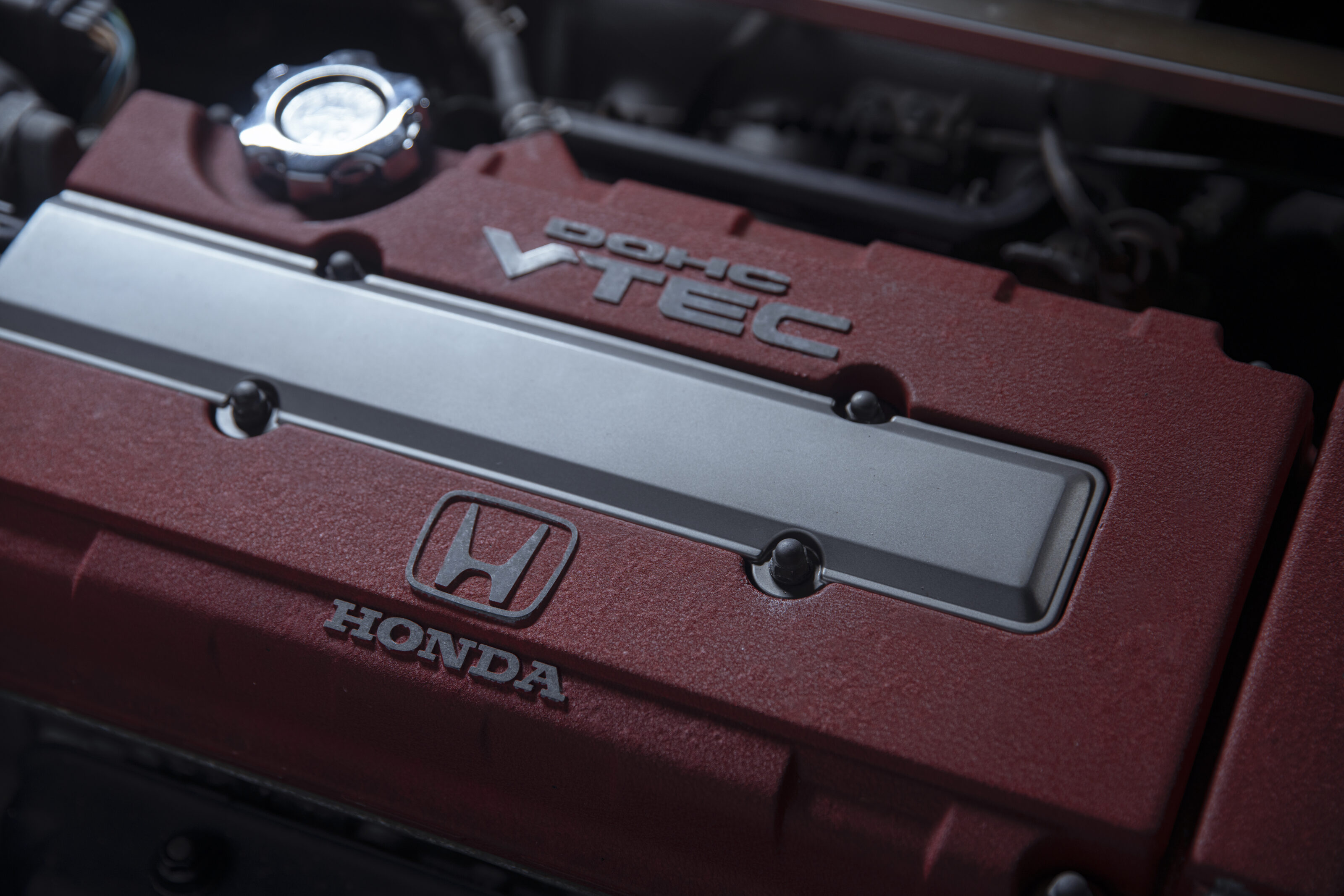
On paper, the engine stats were competitive rather than ground-breaking, but its delivery was something else. VTEC opened the Type R’s lungs at 5800rpm when most rivals were running out of breath, with its 178Nm torque plateau at a sky-high 6300rpm and 141kW of peak power at 7900rpm before an 8400rpm redline – you had to push the Type R to really experience it.
This was no run-of-the-mill four-pot, no quick engine re-map and sticker pack. Such brilliance came from a meticulous set of upgrades that saw around 60 engine components created or redesigned specifically for the Type R, delivering a rare combination of ballistic yet bulletproof engineering. Even some high-priced performance cars couldn’t boast the care and attention that Honda put into the Type R’s powertrain.
Each unit was hand-built, which limited production to 25 per day. The B-Series already boasted a lightweight aluminium block and forged crank, but chief engineer Shigeru Uehara’s team went further to hone the Type R’s engine to levels rarely if ever seen in a production car, yet alone one as affordable.
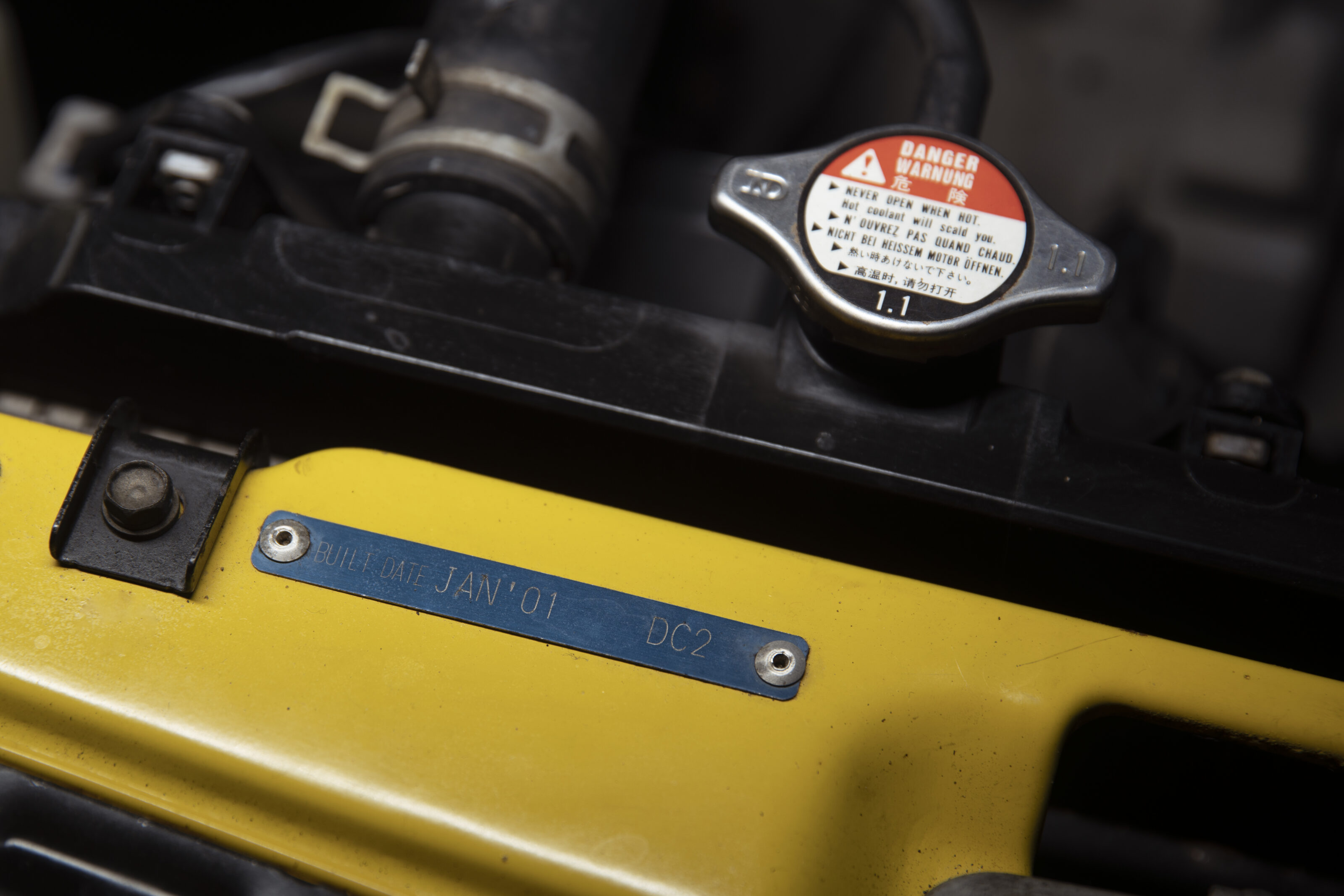
The pistons, for example, were one-off, hand-weighed pent-roofed forged units in place of cast versions, with lighter skirts and molybdenum coating applied for strength. They sat on unique hand-made conrods, also individually weighed and hand-measured to match each piston.
The valves were thinner and lighter and sat at a 60-degree angle instead of 45, the double-valve springs flat, not cylindrical. There was more lift on intake and exhaust valves while compression was raised to 11.0:1 and four-into-one stainless steel headers fitted.
Five Honda engineers worked full-time on the porting and polishing alone, something Uehara believed couldn’t be achieved to the same surgical standard on an automated line. Identifiable by its red engine cover, there were no turbos, just high-revving atmo purity.
It wasn’t all engine, though. Key to the Type R’s formidable ability was the helical limited-slip diff under the nose, which meant that it could devour corners with ultra-sharp turn-in using Honda’s torque-sensitive, rotary valve rack-and-pinion steering.
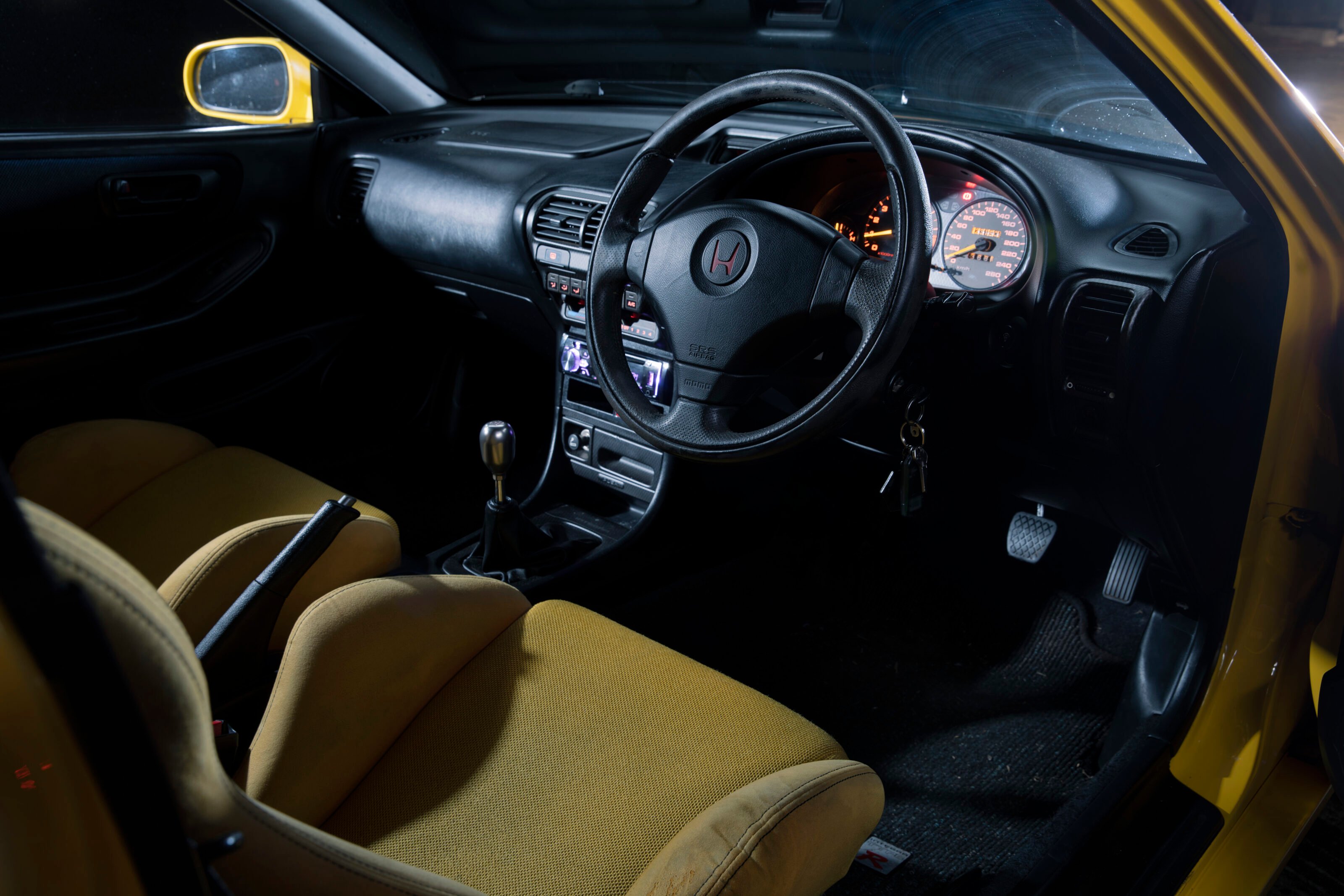
“The Type R surprised us with its aggression on turn-in, and with the incredibly tight lines that could be held through corners,” said our first review, while the helical LSD, “removes the need for judicious throttle application in corners and gives the car serious punch out of turns.”
The Type R’s ability to optimise its brilliant drivetrain came from a series of clever chassis changes, too. In our February 2000 issue handling test (which it easily won), we noted that the tyre wear was perfectly even, a testament to the excellent double-wishbone suspension front and rear. For Type R, it was stiffened along with anti-roll bars and 15mm lower ride height, with rigidity increased by stiffening panels and, amazingly, stitch-welding the body.
That focus saw Wheels’ Glenn Butler on our first drive saying the Type R was too firm to be a comfortable daily. Even the relatively small 15-inch alloys, which were lightweight aluminium shod in unique compound Bridgestone tyres, didn’t soften the ride, or Butler’s viewpoint. Yet the DC2’s ability did.
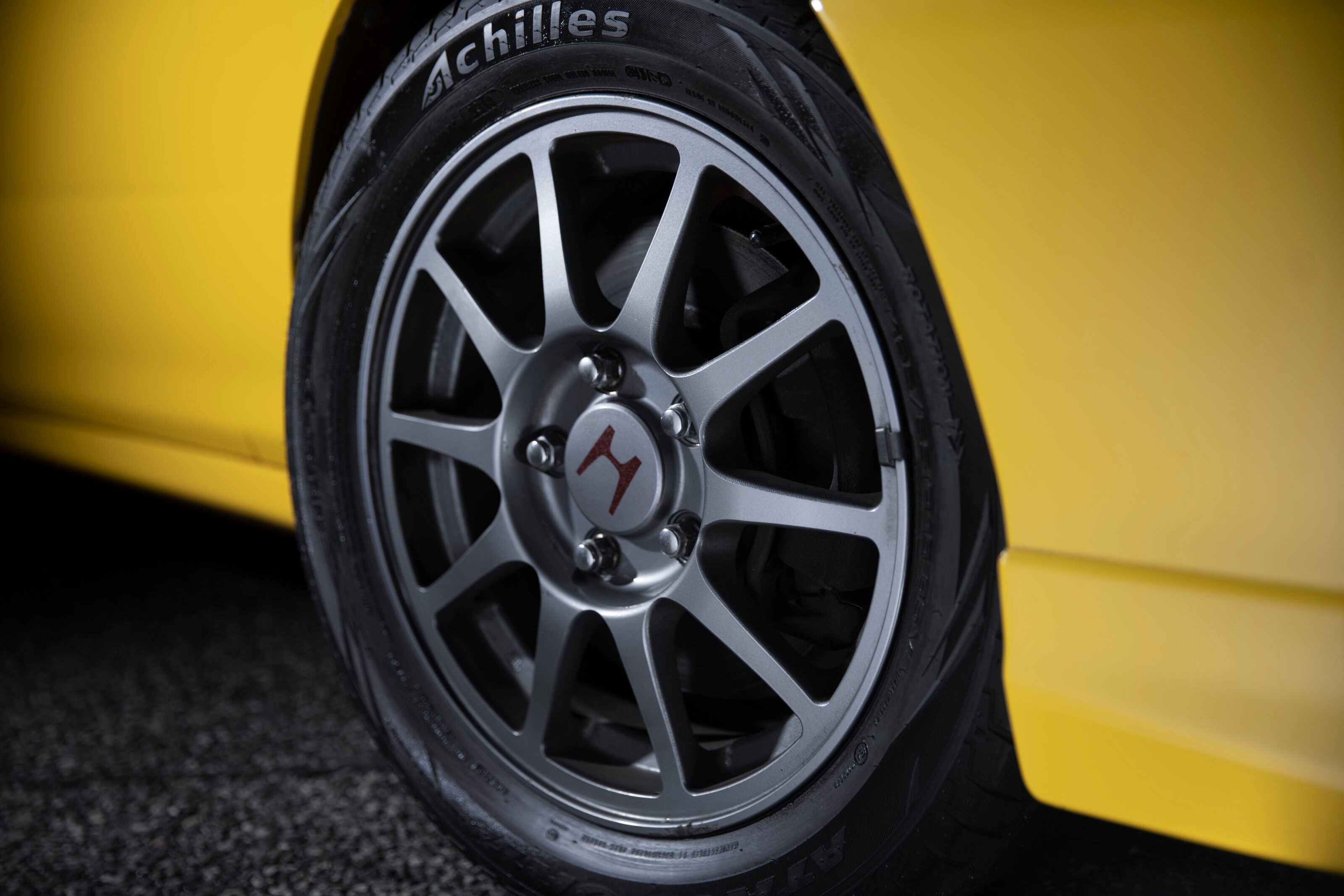
“If you like driving, the Integra Type R is the most fun you can have for under $40K,” read his 1999 report. That price point of $39,950 was a cheeky few lobsters less than the ubiquitous turbocharged, all-wheel drive Subaru WRX, or the soon-to-be updated S14A Nissan 200SX with its superb SR20DET and rear-wheel driftability. The Type R didn’t need turbos. It shunned all-wheel drive. It just loved revs and being pedalled fast and often.
Australian dealers fitted (optional) air-con and a six-stack CD player to the 863 sold locally, a sign of things to come when the DC5 Integra Type R arrived in 2001. It was larger, heavier and while it used the now legendary K20A engine, it also added more mod-cons for our market. The front wishbones were replaced by struts, too. By doing so, it lost that Type R single-mindedness of driver engagement over all else. That only served to underline just how good the DC2 Type R was.
“There’s no obvious reason why the Honda Integra Type R should be better than the WRX or the 200SX on paper, but in the flesh – it is,” said our own Bob Jennings. In age of computer-correcting cars, the DC2 Integra Type R remains an analogue Armageddon against the tide of digital devices proclaiming driver engagement within an electronically sanitised limit. It’s the organic driver’s car against today’s synthetic simulators; a standout performance car the likes of which we may never see again.
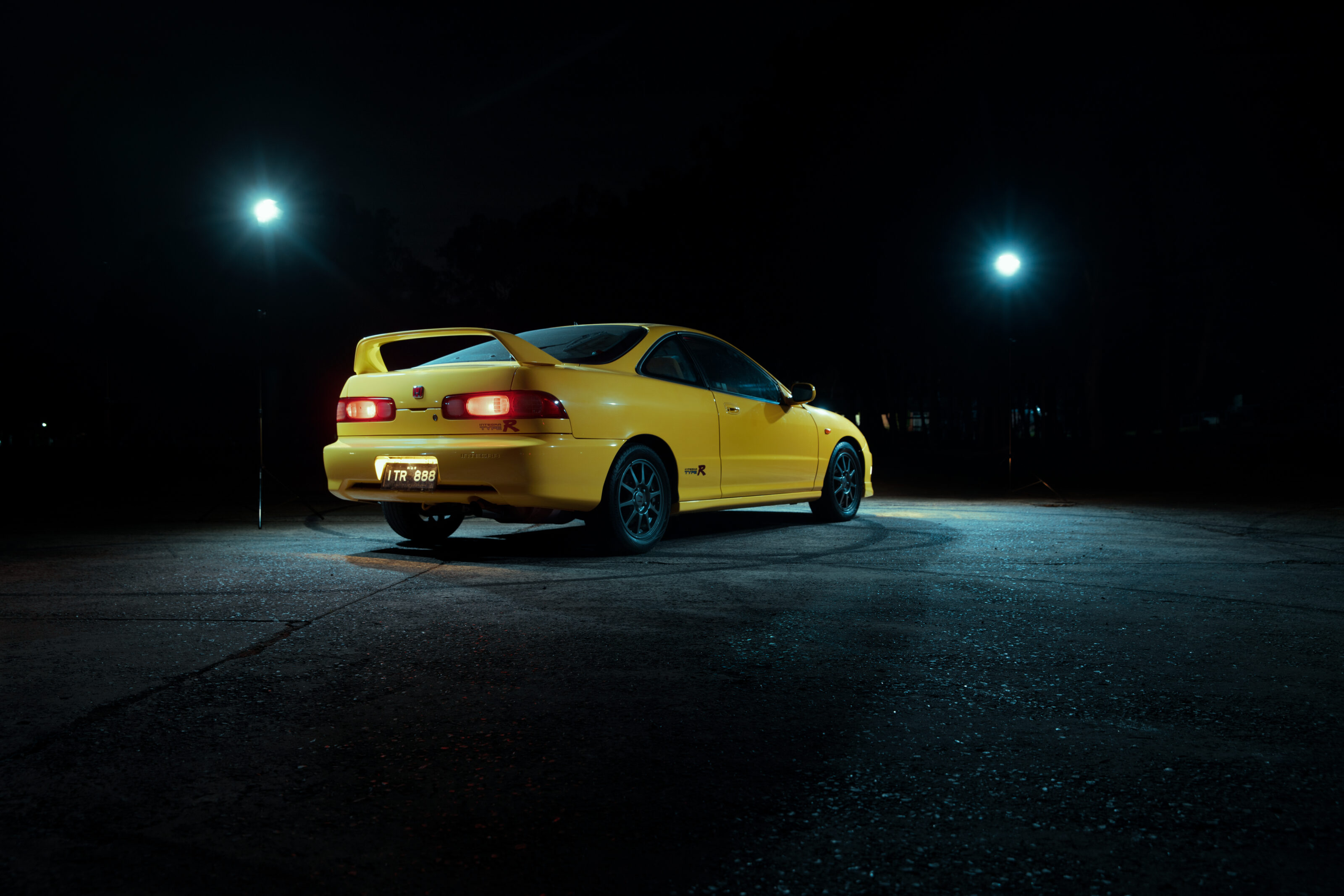
A hard act to follow
The Type R’s 1999 arrival Down Under was a “toe-in-the-water” according to Honda Australia at the time. It convincingly passed the audition, but the DC5 that replaced it in 2001 was heavier, plusher and diluted. Our next Type R was the 2007 UK-built FN2 Civic, which teamed a brilliant engine yet too much heft. Gone after 2011, it wasn’t until the current Civic Type R (FK8) landed here in 2017 that Honda’s legendary badge adorned a product anywhere close to the DC2’s magic.
Rocketing up in value
The Integra name will return in 2022 upon a Civic-based four-door liftback for North America and China. Yet to be confirmed for RHD markets, the revival may pique interest – and values – of DC2 Type Rs. Stateside, a 1997 example with 9962km on the clock sold for US$88,000 [A$121,000]. In Australia, values haven’t jumped so high yet, with a broad spread from $30K to mid $60K. The challenge is finding an unmodified original, with locally delivered cars alongside grey imports.
